A new source of greenhouse gas emissions have been discovered in Utah. The drying bed of the famous Great Salt Lake is furthering climate change by emitting massive amounts of CO2.
The recent finding might suggest that the lake beds could be another massive contributor to the quickly warming atmosphere. According to a paper in the journal One Earth, 4.1 million tons of CO2 were emitted by the Great Salt Lake in 2020 alone.
Researchers Explain the Phenomenon

Study co-author Soren Brothers, the Allen and Helaine Shiff curator of climate change at the Royal Ontario Museum, said in a statement that, “Human-caused desiccation of Great Salt Lake is exposing huge areas of lake bed and releasing massive quantities of greenhouse gases into the atmosphere.”
The study sought to expose the surprising dangers of empty lake beds around the world.
The Great Salt Lake

The Great Salt Lake is located in northern Utah, and is the eighth-largest terminal lake in the world. It sits around 1,700 square miles in size.
The declining water levels in the lake has been ongoing for several decades. The primary reason of the low water levels are caused by significant amounts of water from rivers feeding it being diverted for agricultural, industrial, and residential use.
Effects of Climate Change
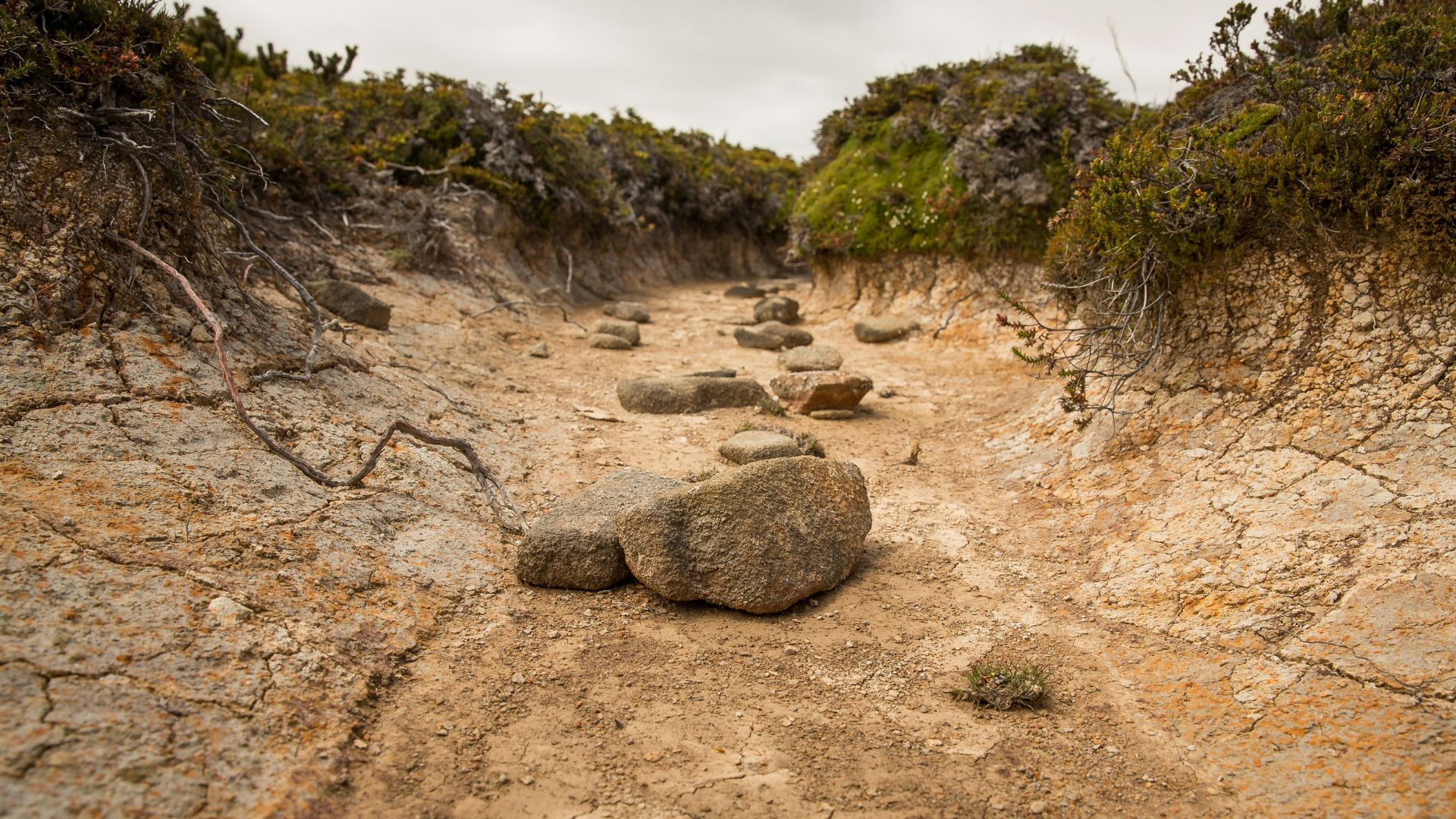
Another major cause of the water decline in the massive lake is drought conditions fuelled by climate change.
The low levels of water mixed with extreme heat causes the evaporation to execrate in areas like this. The result is a “terminal lake”, a lake whose life cannot be resuscitated.
Effects on the Region
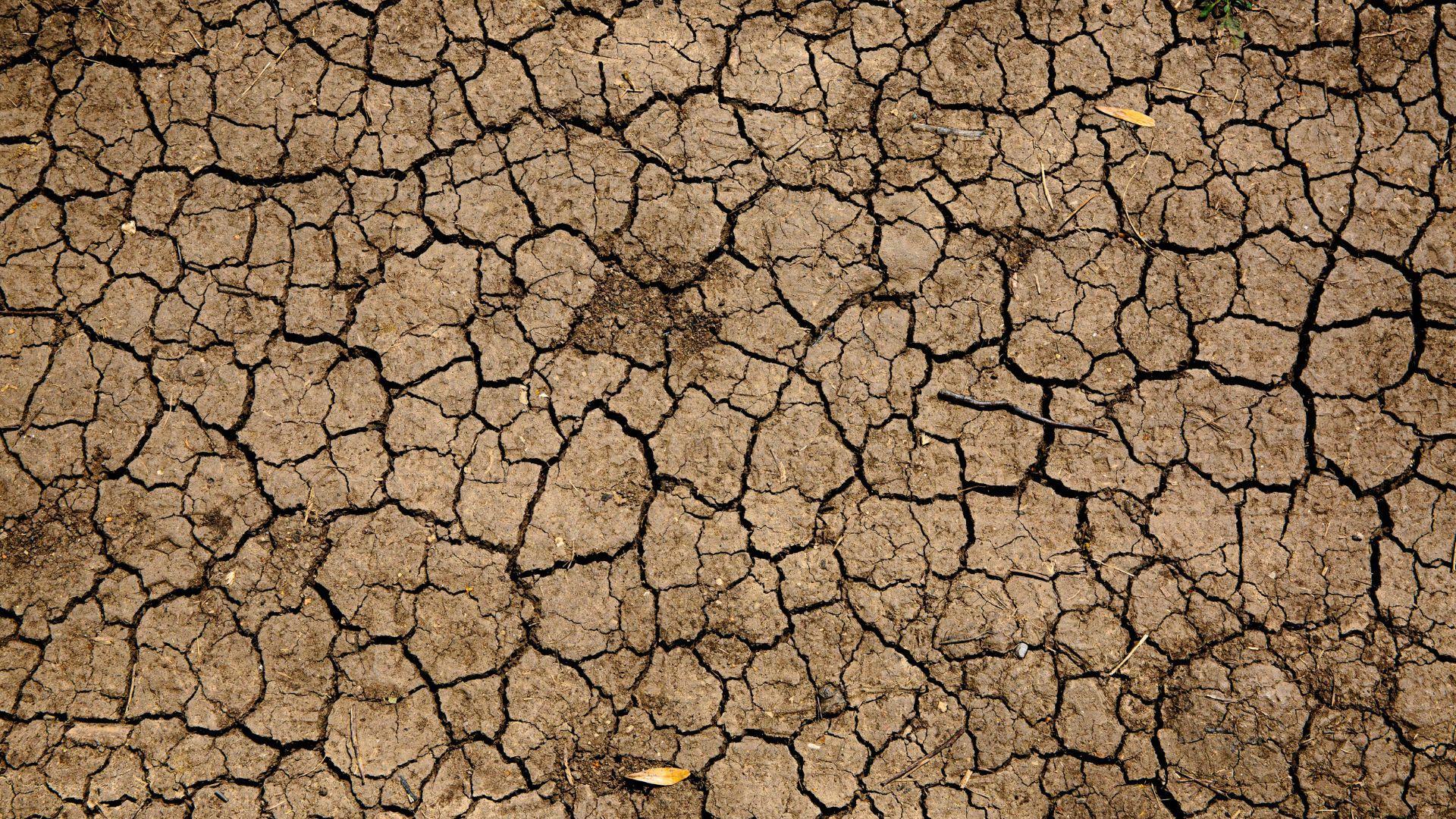
The lake once had a symbiotic relationship with the surrounding natural environment. However, now that the lake bed is completely dry, it has brought several negative effects to the area.
For instance, the dry lake bed releases dust and and harmful particulates into the air which contributes rapidly to the poor air quality in the area. As well, the poor air quality threatens the habitat of nearby brine shrimp and bird species while causing respiratory issues for residents.
The Additional CO2
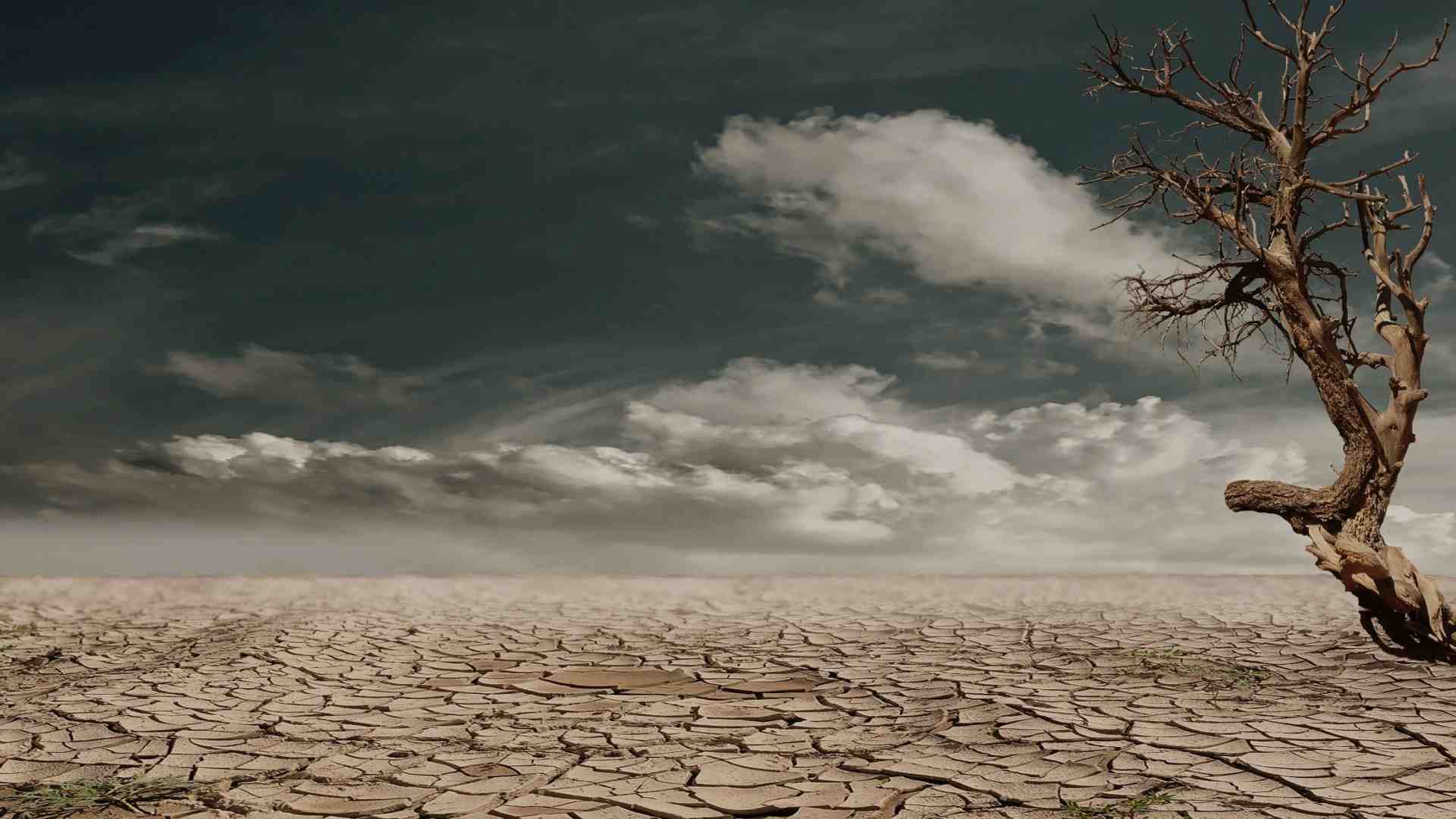
The researchers discovered that the dry lake bed emits massive amounts of CO2 into the air compared to when the lake is full of water.
“What our study shows is that CO2 emissions from the Great Salt Lake’s waters are probably very low, whereas emissions from the dried up lake bed are very high, especially in summer months,” Brothers told Newsweek. “Essentially, these exposed sediments are rich in organic matter that had settled on the lake bed, and now that they’re exposed to the atmosphere, it’s much easier for bacteria to turn that matter into carbon dioxide through their respiration.”
Millions of Tons of Greenhouse Gases
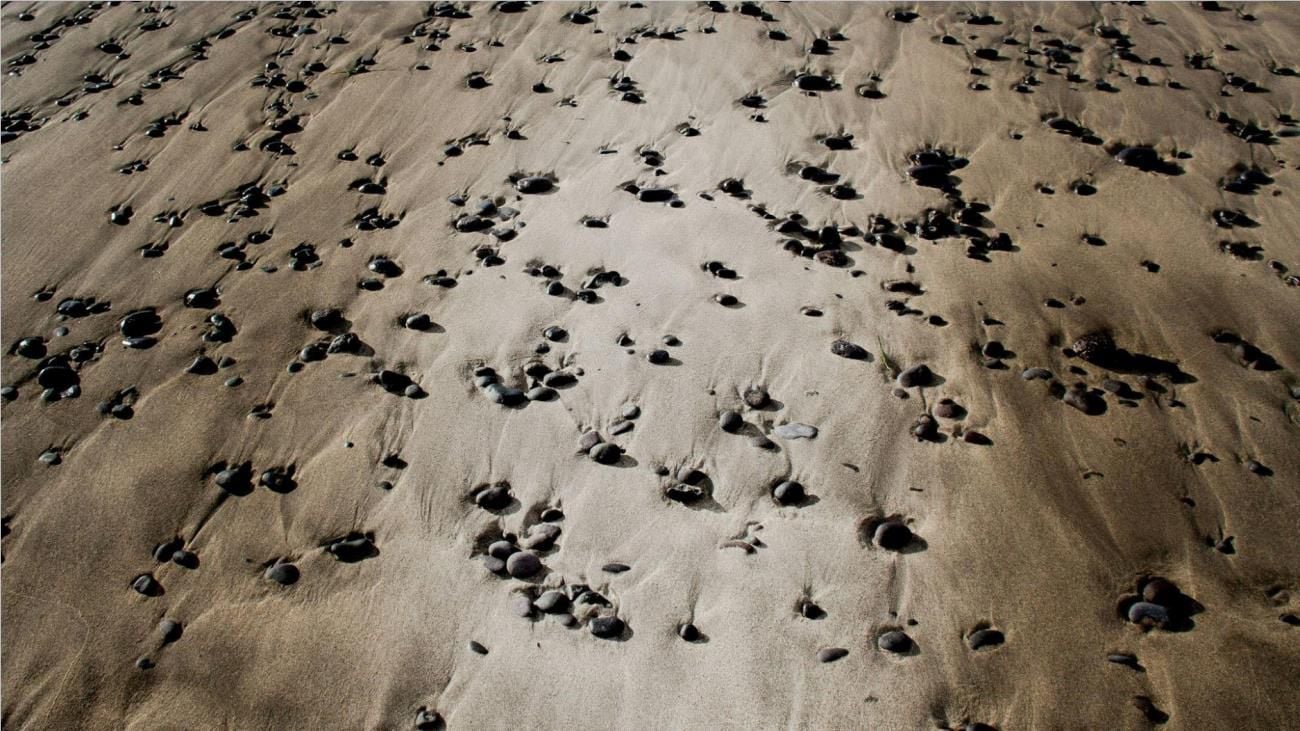
By measuring methane emissions from sites around the lake they discovered that 4.1 million tons of greenhouses gases were released in 2020.
More than 90% of the gases were made up of c02. The level of gas was calculated as “carbon dioxide equivalents” since the methane is 28 times more effective at trapping heat in the atmosphere than CO2.
Massive Increase for the Entire State
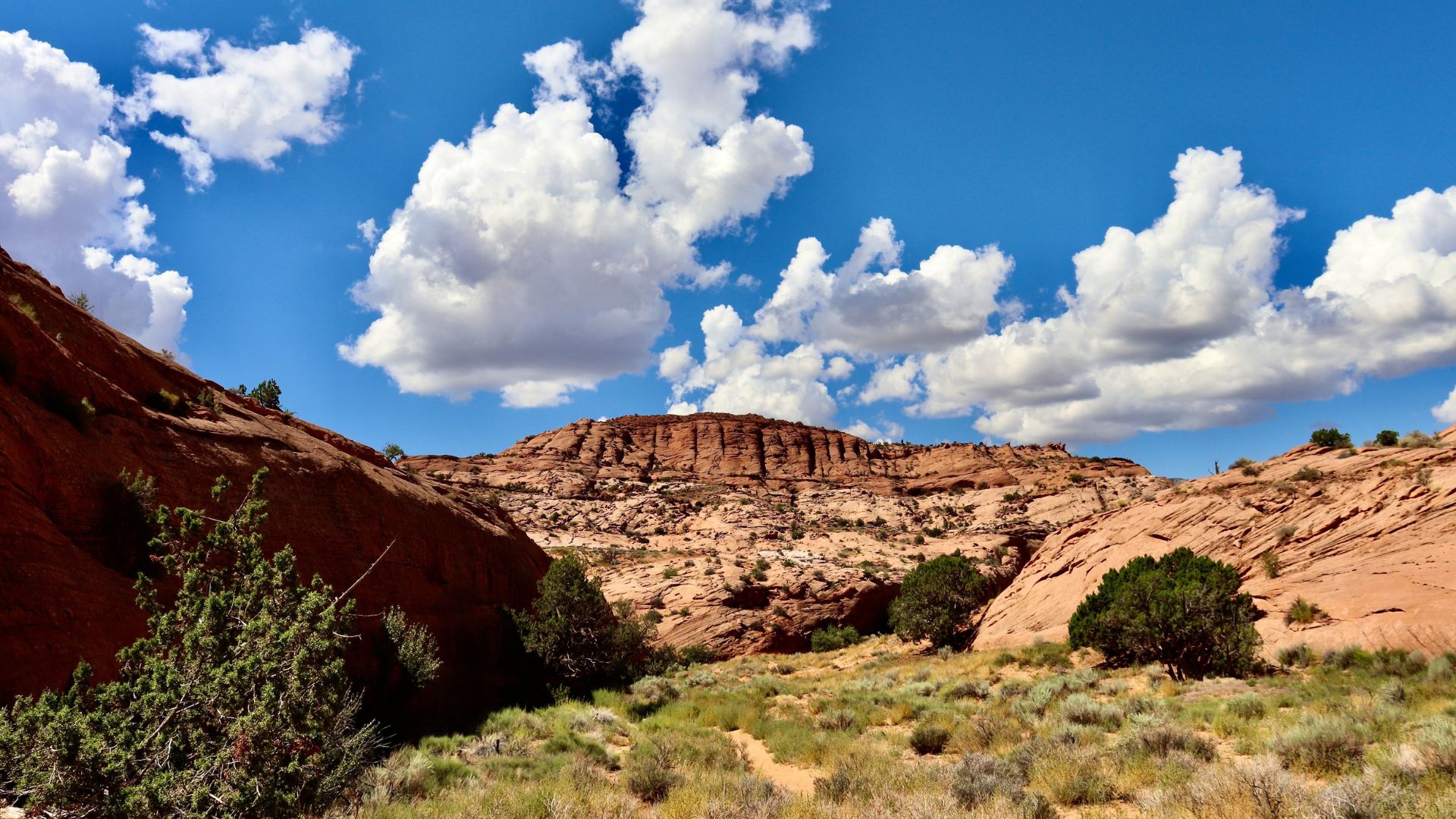
The release of gases from the lake has contributed to a 7 percent increase in the human-caused greenhouse gas emissions in the entire state of Utah.
“The best and maybe only way to keep this CO2 from being released is by ensuring that Great Salt Lake remains wet. In the western U.S., there are multiple proposed solutions toward this goal, including water markets, and outdated western water laws are part of the issue,” Brothers said.
Temperature Change in the Region
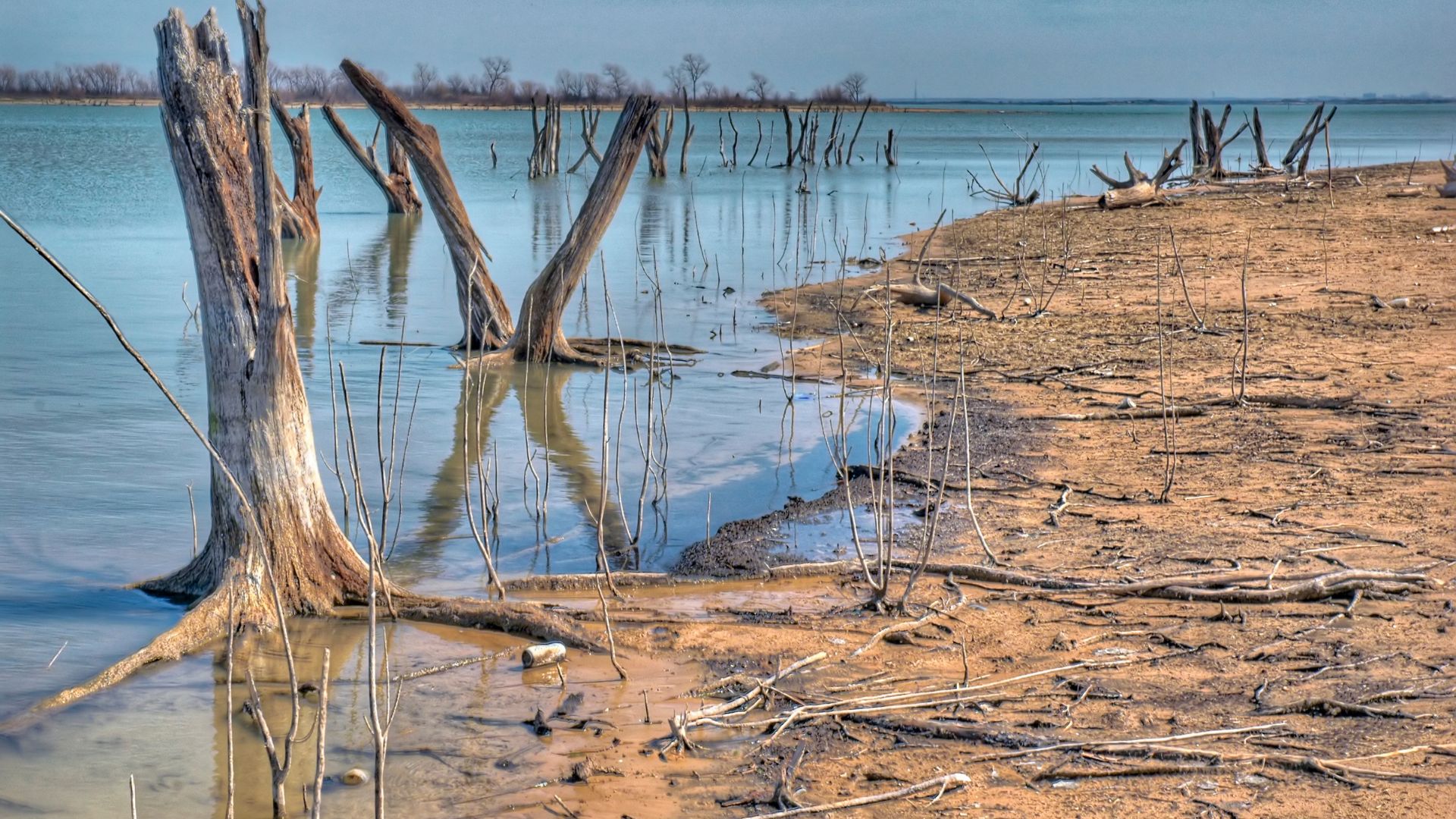
The study also found that the added gas emissions from the lake bed were strongly linked to the heightened temperatures in the area.
As the climate continues to worsen, it will create a much more difficult situation when attempting to keep the lake filled.
Feedback Loop
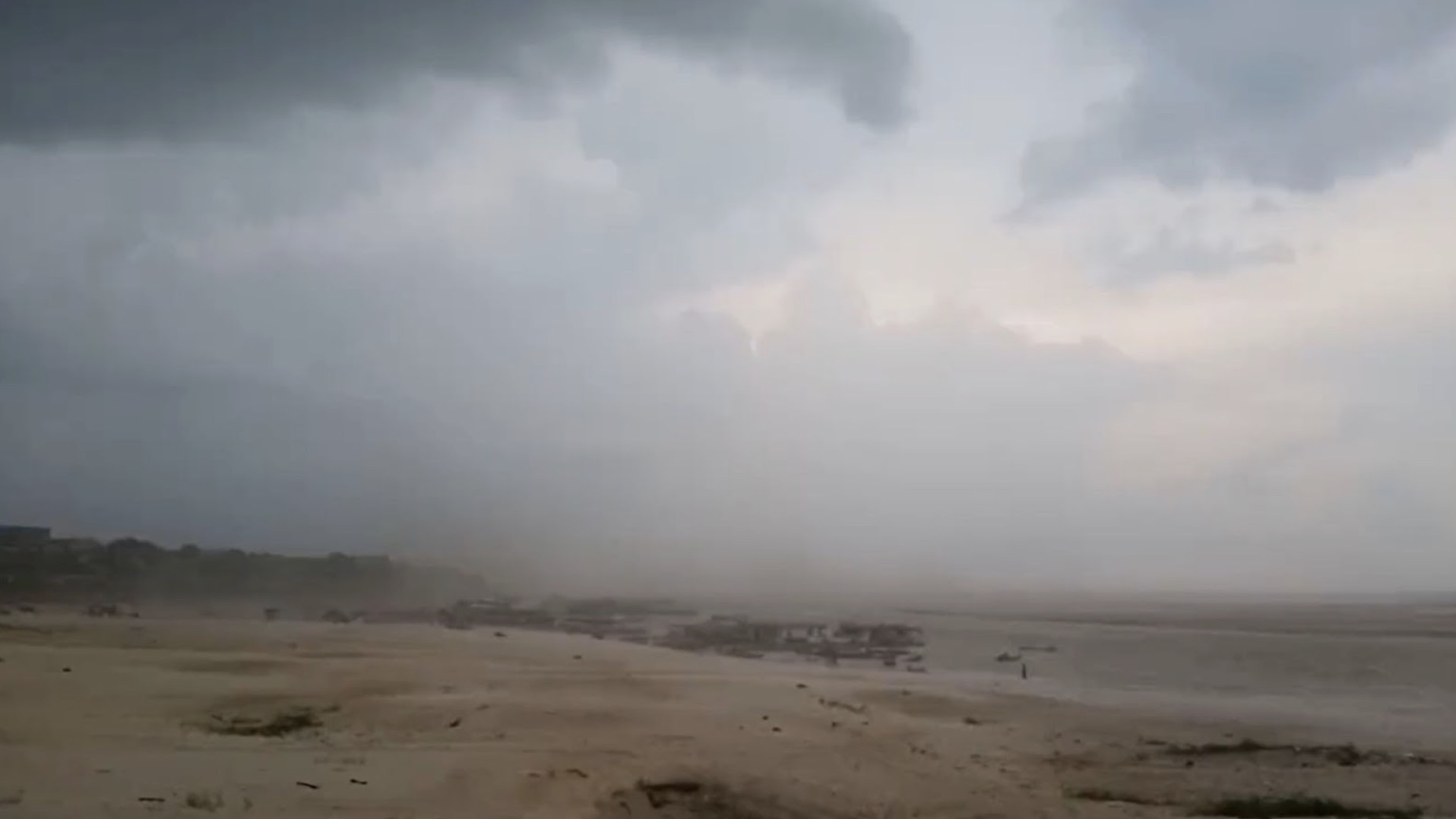
The stress of the released gases and the heightened temperatures in the area create a vicious cycle that would need extreme intervention.
The researchers also note that the issue they discovered with the Great Salt Lake is likely an issue with other lake beds around the world, creating more issues with global warming.
Similar Emissions Around the World
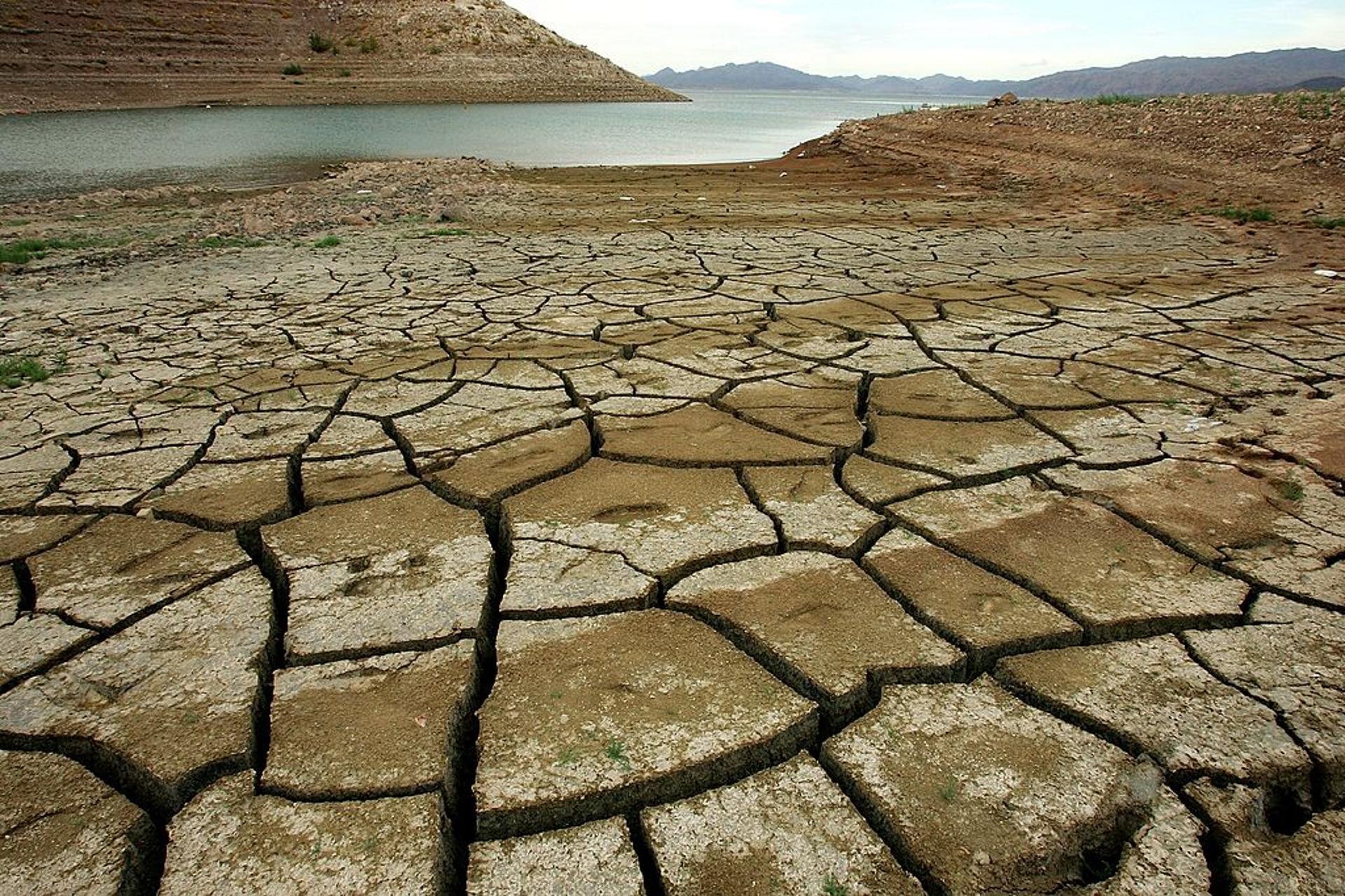
“We found that the range of emissions we measured from Great Salt Lake over the course of a year was similar to the range observed in a global study of dry fluxes from rivers, lakes, and reservoirs around the world,” Brothers said.
“Essentially, this and that study both indicate that such emissions are similar around the world and mostly controlled by temperature and moisture,” which highlights a dire situation with the worsening climate crisis.
Surprising Discovery
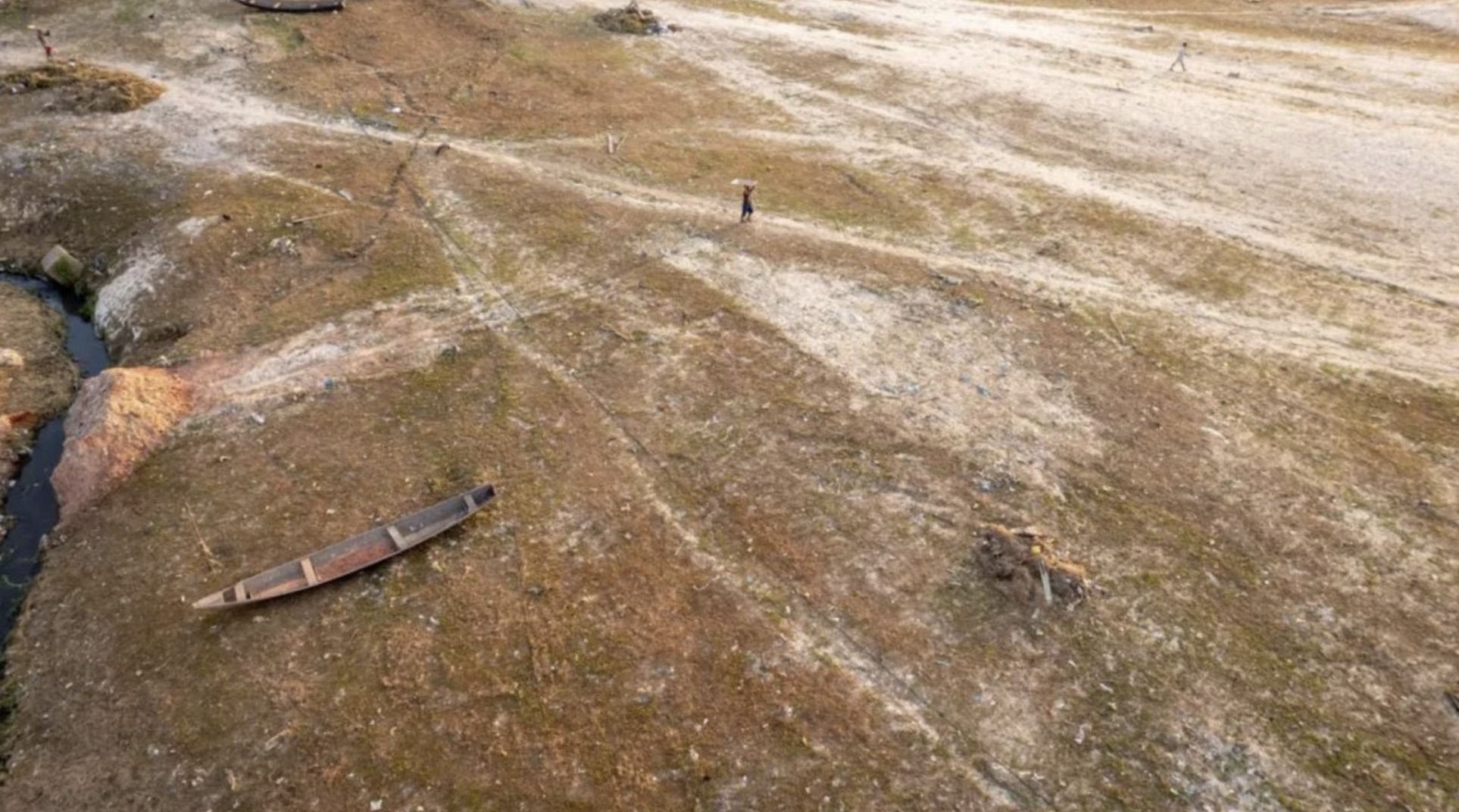
The findings from the study were surprising to the scientists involved.
Environmentalists note that to remedy the situation, extreme intervention will need to be taken to fix the constant feedback loop of greenhouse gas emissions.








































